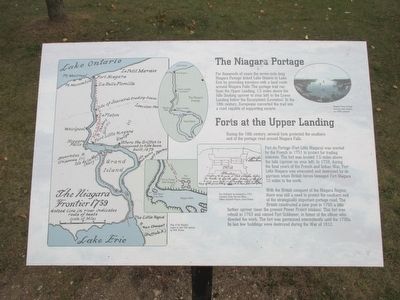Welcome to The Legacy of Craanford Mill, a remarkable historical site that stands as a testament to rural industrial heritage in County Wexford, Ireland. This watermill, believed to have been established in the early 19th century, played a crucial role in the local agrarian economy, grinding grain for local farmers and contributing to the sustenance of the community.
The mill’s origins trace back to a time when watermills were vital for agricultural processing. Positioned strategically by a stream, the Craanford Mill harnessed the power of water to drive its large wooden gears and grinding stones. This innovation not only enhanced productivity but also reflected the ingenuity of rural engineering during that era.
Throughout its operational years, Craanford Mill witnessed significant historical shifts, including the Great Famine of the mid-1800s, which dramatically affected the local population and agriculture. Despite these challenges, the mill remained a cornerstone for local farmers struggling to adapt to changing conditions.
One notable figure associated with Craanford Mill is James Doyle, a miller known for his dedication to quality and community service. Under his stewardship, the mill became a gathering point for local news and social exchange, fostering a sense of community among the farmers who relied on its services.
As time progressed and technology evolved, traditional mills like Craanford faced decline. However, Craanford Mill found a new lease on life through preservation efforts, transforming it into a heritage site that educates visitors about the historical significance of milling in rural Ireland. Today, visitors can explore the mill’s intricate machinery, gaining insights into the lives of those who once toiled here.
In a broader historical context, Craanford Mill is a reminder of the transition from agrarian to industrial societies, illustrating how small communities adapted to technological advancements. It stands as a tribute to the resilience and resourcefulness of those who shaped the region’s history.
As you explore this historical site, imagine the sound of grinding stones and the hustle and bustle of farmers bringing their grain, echoing through the ages. Craanford Mill is not just a relic of the past but a bridge connecting us to the enduring legacy of rural industry.



